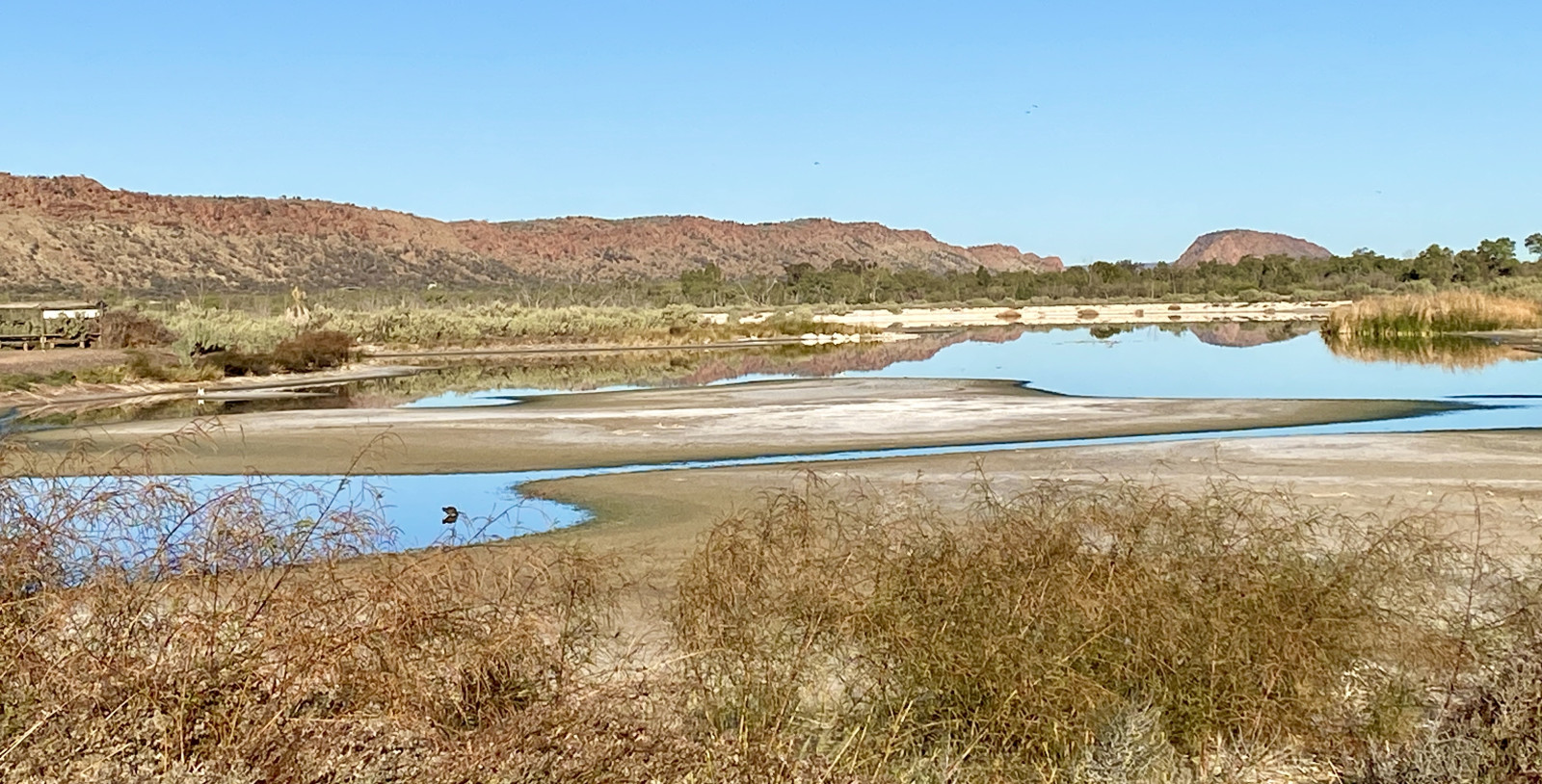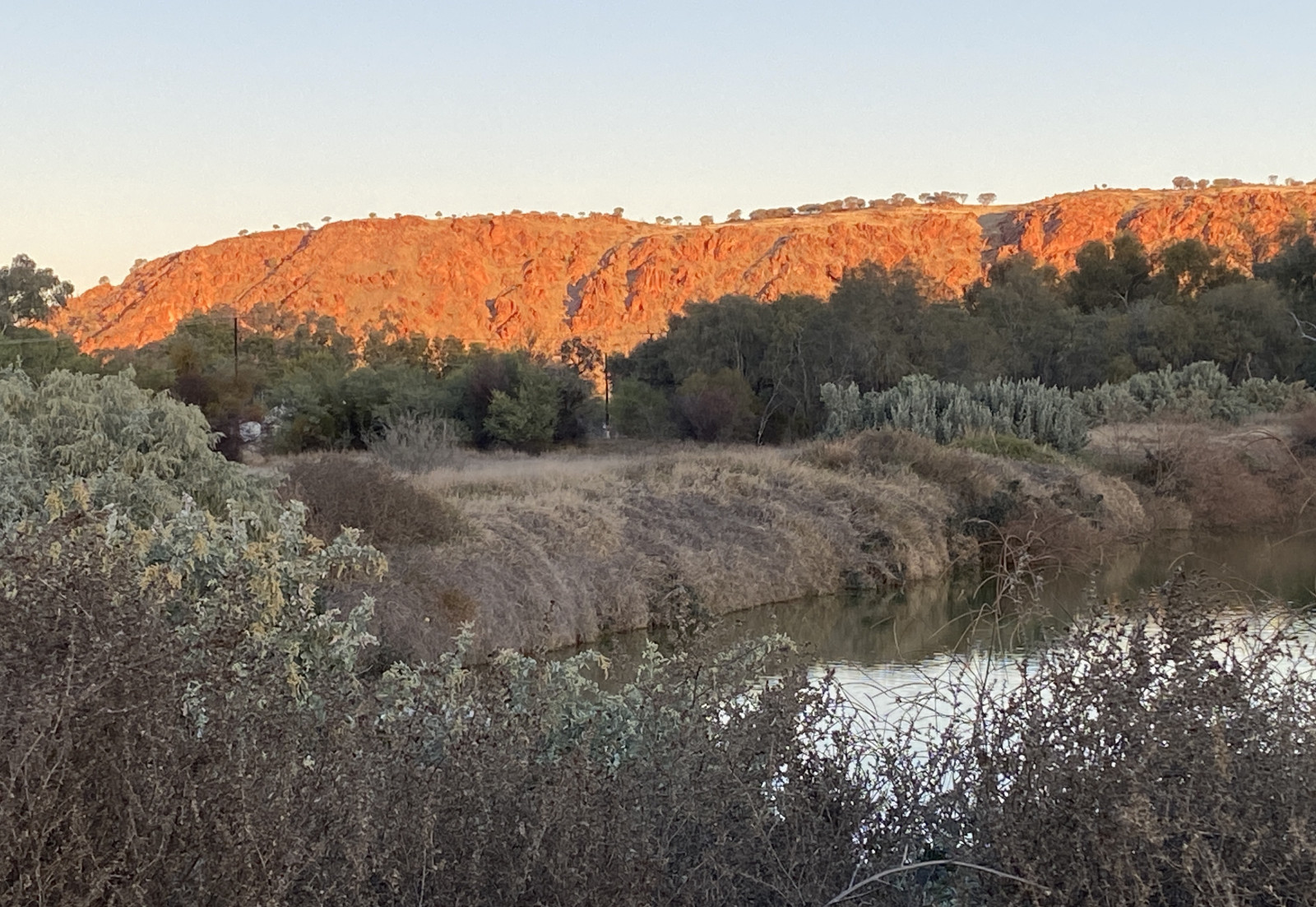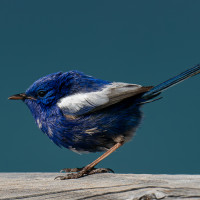Beschreibung
Alice Springs Sewage Ponds is a fenced area of water treatment ponds holding waterfowl and migratory birds surrounded by saltbush and other vegetation - eucalyptus, etc. All surrounded by rocky escarpment. The bird life at the waste stabilisation ponds is spectacular, with many rare species gathering around this body of water. Purpose built bird nesting islands, as well as a bird screen and interpretive signs have also been constructed at this site.
Over 200 species of birds have been sighted at the waste water treatment ponds, particularly waterbirds, migratory waders (mostly October to April), resident waders, raptors, as well as passerines.
Requires guided access (free with volunteer) arranged through Alice Springs Visitor Information Centre. Also required is online induction prior to entry at PowerWater. See the links below.
Details
Zugang
The ponds are just south of Heavitree Gap. Drive south from town along the Stuart Highway, and turn west onto Commonage Road (which leads to the Waste Management Facility). Just before the Waste Management Facility gates, turn left along the eastern edge of the ponds. Park near the Birder Access Gate. Click on the P in the map for directions or coordinates.


